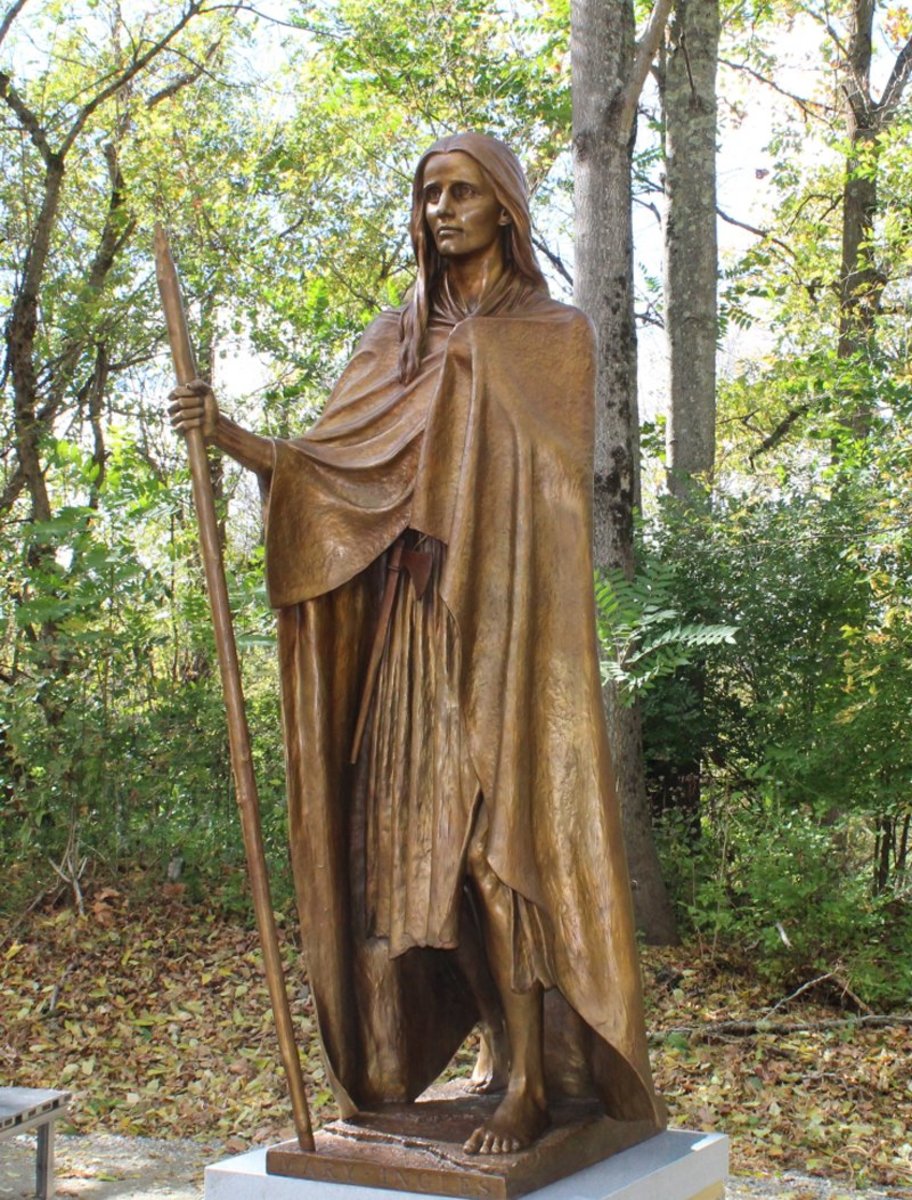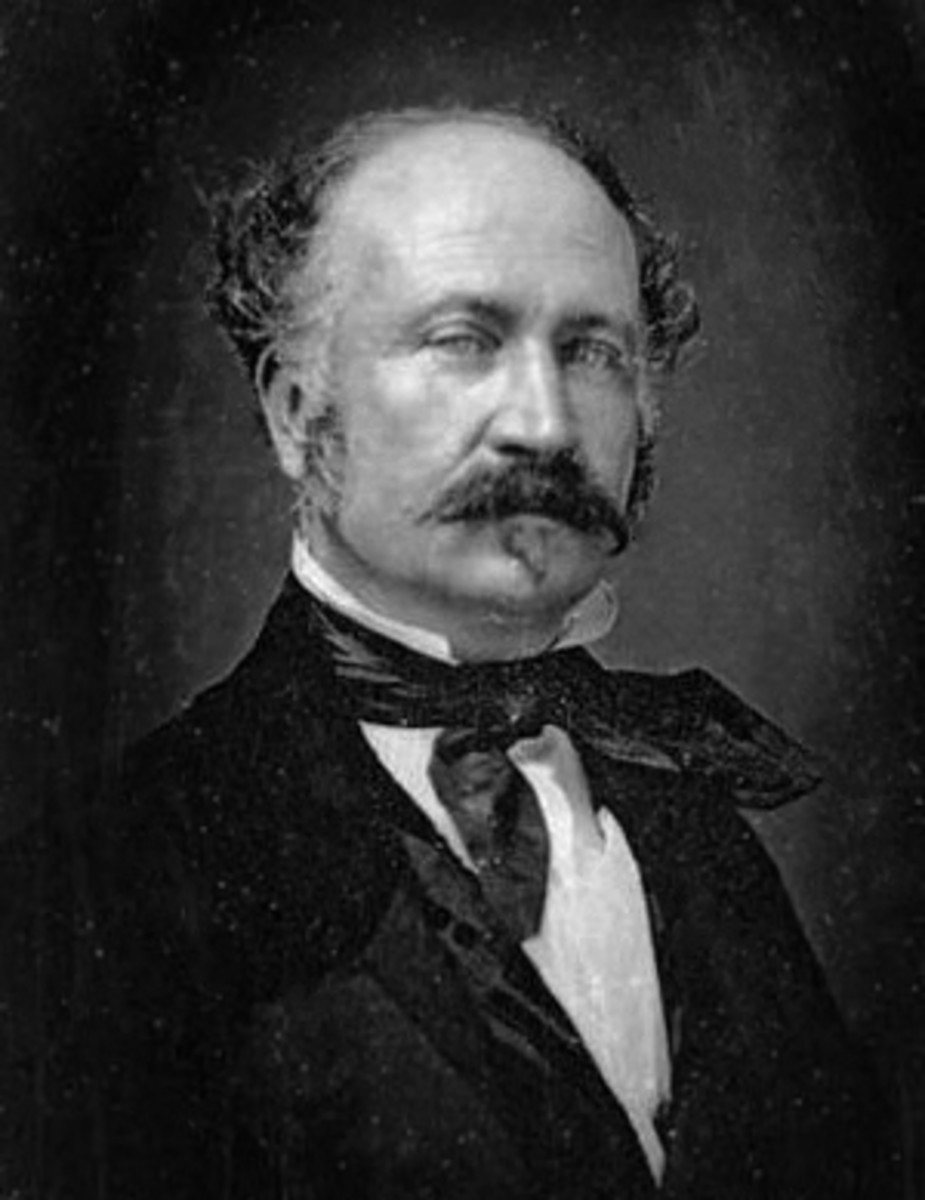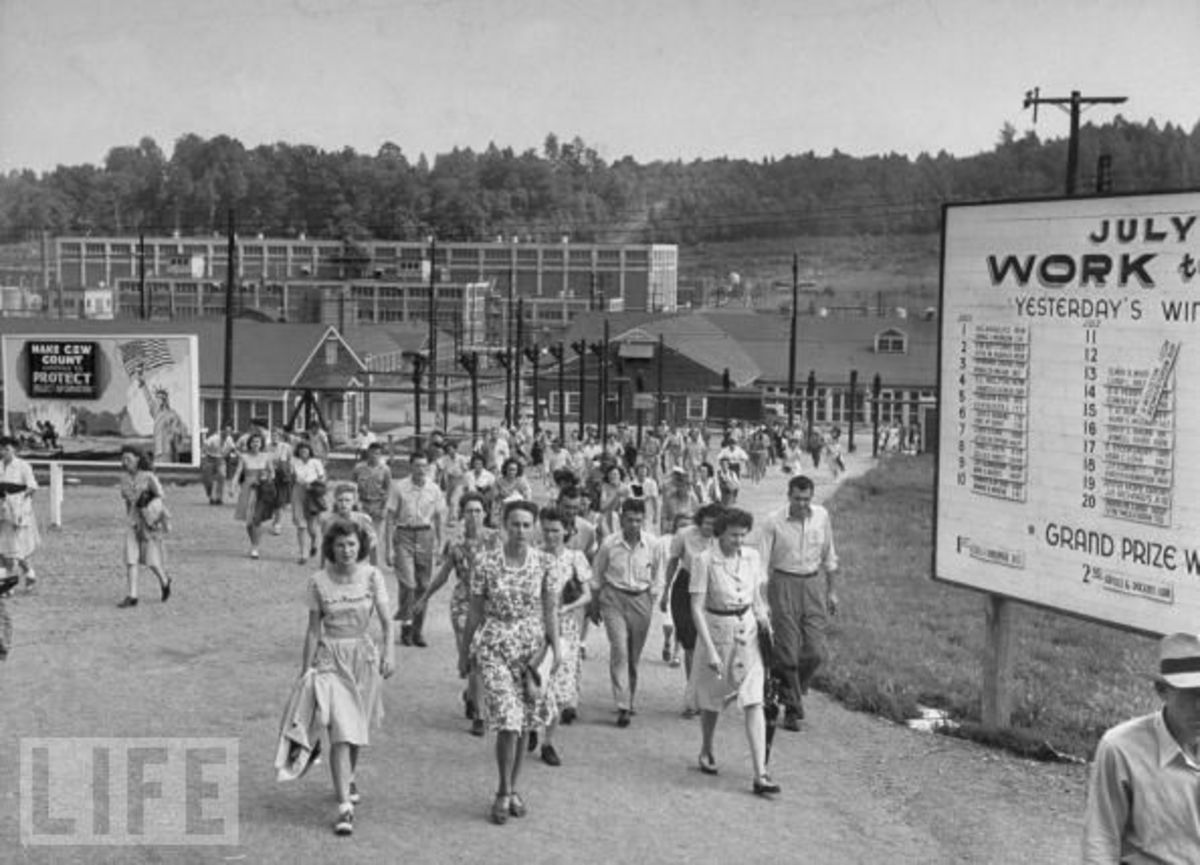- HubPages»
- Education and Science»
- History & Archaeology»
- History of the Americas
Lighthouses: Windows to Nautical History
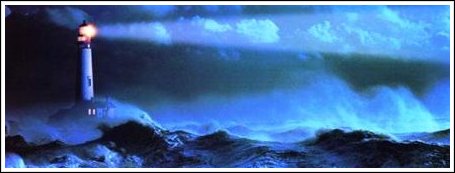

BOSTON LIGHT
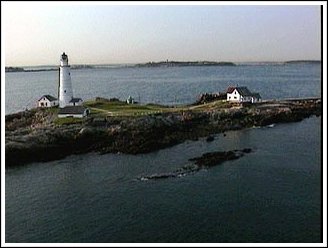
Lighthouses are windows into our nautical past, filled with stories of shipwrecks, romance and some say even haunting spirits.
They have been around since about 280 B.C starting with the Egyptians, Phoenicians, Greeks and Romans.
The Egyptians constructed the tallest lighthouse ever built towering 450 ft high. It was erected on an island in Alexandria Harbor and was called the Pharos tower. Its light, a simple wood burning fire on its roof, could probably be seen up to about 30 miles out in the Mediterranean.
Ancient Roman lighthouses are among the best preserved lighthouses from Ancient History . An example is theTower of Hercules in A Coruña, Spain . However, it must be noted lighthouses have existed since the Hellenistic Period, but the Roman ones have withstood the test of time. One of the oldest in North America is El Castillo in Tulum, Mexico.

KEY WEST
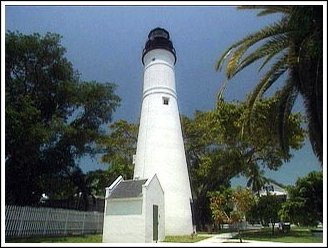
Early on, vessels were guided by fires built on hilltops. Since raising the fire would improve the visibility, placing the fire on a platform became a practice that led to the development of the lighthouse. Ancient civilizations had long banked fires on hills and with its’ artificially produced height the Alexandria delta city became the busiest and most prosperous port in the world and maintained that distinction almost 1,000 years.
Lighthouse history indicates lamps with wicks followed the basic burning fire system. They had to be lit daily by a lighthouse keeper. But, even with this improvement, their visibility was still very limited. These lamps burned whale oil or lard.
A Frenchman, Augustin-Jean Fresnel, is credited with a colossal improvement in 1841. It was the first lens using a prism and was named after the inventor. The Fresnel lens was much thinner, thus passing more light making lighthouses visible over greater distances.

TILLAMOOK
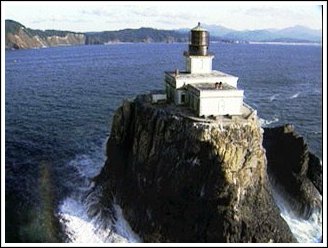
In 1800 the United States had 26 lighthouses. At the end of the century there were over 650. The first lighthouse in America, the Boston Light, was established in 1716 in Boston Harbor on Little Brewster Island. Other North Atlantic cities followed suit. Sometime in the 1880’s oil lamps gave way to kerosene. Oil storage houses were added to protect the volatile fuel.
The lighthouse was kept by George Worthylake , the nation’s first lightkeeper. Boston Light was also the first to use a foghorn. The third keeper, John Hayes, requested the foghorn to be replaced with a large cannon to answer ships in a Fog. It was installed it in 1719.
In the 1770s, the lighthouse suffered damage from the British during the American Revolution. The wooden parts of the lighthouse were burned. The Americans regained control of the island in 1776 and the tower was rebuilt in 1783. Today the lighthouse is preserved as a monument to the Lighthouse Service.
Lighthouses such as these were built because of the flourishing maritime economy coming about in the colonies. The North Atlantic waters were becoming crowded with merchant and military ships. They became indispensable for navigating along the dangerous marshy coast lines from Delaware to North Carolina. The New England coasts had its own hazards with its rocky shores. Today, lighthouses line the Atlantic and Pacific coasts, as well as the Great Lakes region.
Onshore lights, as they are often called, are lighthouses built on land. They make up the majority of the earliest lighthouses in America. These were constructed from a variety of materials and made in various architectural styles. Wood, stone masonry, brick, cast-iron plates, skeletal and reinforced concrete make up some of the most common types of lighthouse construction materials. Before the 1800’s lighthouses were commonly made of wood because it was plentiful. It had one major drawback… susceptibility to fire. Therefore it was eventually phased out and replaced with Masonry towers made from rubblestone, cut stone, brick and concrete. The oldest standing masonry tower in the U.S. is Sandy Hook Lighthouse circa 1764 in New Jersey. Stone towers were usually cone shaped.
An important development in lighthouse construction on the Atlantic coast line from the Delaware and Chesapeake Bays down to the Florida Keys and Gulf of Mexico was the screw-pile styled lighthouse. It was a type of offshore construction invented by Irish engineer Alexander Mitchell in the 1830’s. It was perfect for the Chesapeake Bay and Carolina coast because of the soft bottom which allowed wrought-iron piles to be inserted for lighthouse structures.
They were inexpensive and easily constructed. They were a big improvement over the straight-pile type. The screw-pile was usually a hexagonal structure resting on six to eight outer piles and one central pile, all of which were screwed in place. The first screw pile light in the United States was Brandywine Shoal in the Delaware Bay. Around 100 were built. Other types of offshore lighthouses include caisson, crib, pier/breakwater and Texas towers.
Perhaps, the most famous screw pile was Thomas Point Shoal Light built in the Chesapeake Bay. Some say it is “the finest example of a screw-pile anywhere in the world.” It warned ships requiring deeper water depths about shallow sandbars.
However, the screw-pile lights did have one characteristic flaw. They were especially susceptible to storms and ice damage. Ice and violent winds could cause the lantern to dislodge or break. Thomas Point is currently the last remaining screw pile light in Chesapeake Bay still in its original location. It also used a foghorn. It remained a manned station late into the 20th century.
Finally, the introduction of electricity greatly simplified the keeper's duties. But progress and automation eventually made most lighthouse keeping jobs in the United States obsolete.
The waters of the Pacific Northwest and estuaries of the coastal rivers surge with huge waves, high winds, towering cliff faces and pounding surf. The coast off California is often cloaked in a thick fog, making it extremely treacherous. Lighthouses along the Pacific coast increased as settlers in search of gold moved in.
Life for lighthouse keepers on the Pacific coast could be fraught with sudden dangers. For example, on St. George Reef off of California, five keepers were kept on hand at all times because it was such a grueling task to operate. Families were not allowed because weather conditions could be so extreme they could be cut off from the shore for a month or more.
The Tillamook Rock Light is a fine example of west coast lighthouses. Its’ architecture has been called a “tremendous engineering feat and one of the most daring of the nineteenth century.” It sits about a mile off the coast of Washington where turbulent seas are frequent. The structure took 575 days to complete and one worker lost his life.
The plans initially faced skepticism because it was being built on a rock. Crewman had to blast away tons of rock in foggy, windy and rainy conditions. The light was a first-order Fresnel lens perched 134 feet above the water. No women or children were allowed on Tillamook. The lighthouse often withstood torrential storms where lantern panes were often cracked or shattered by flying rock debris.



